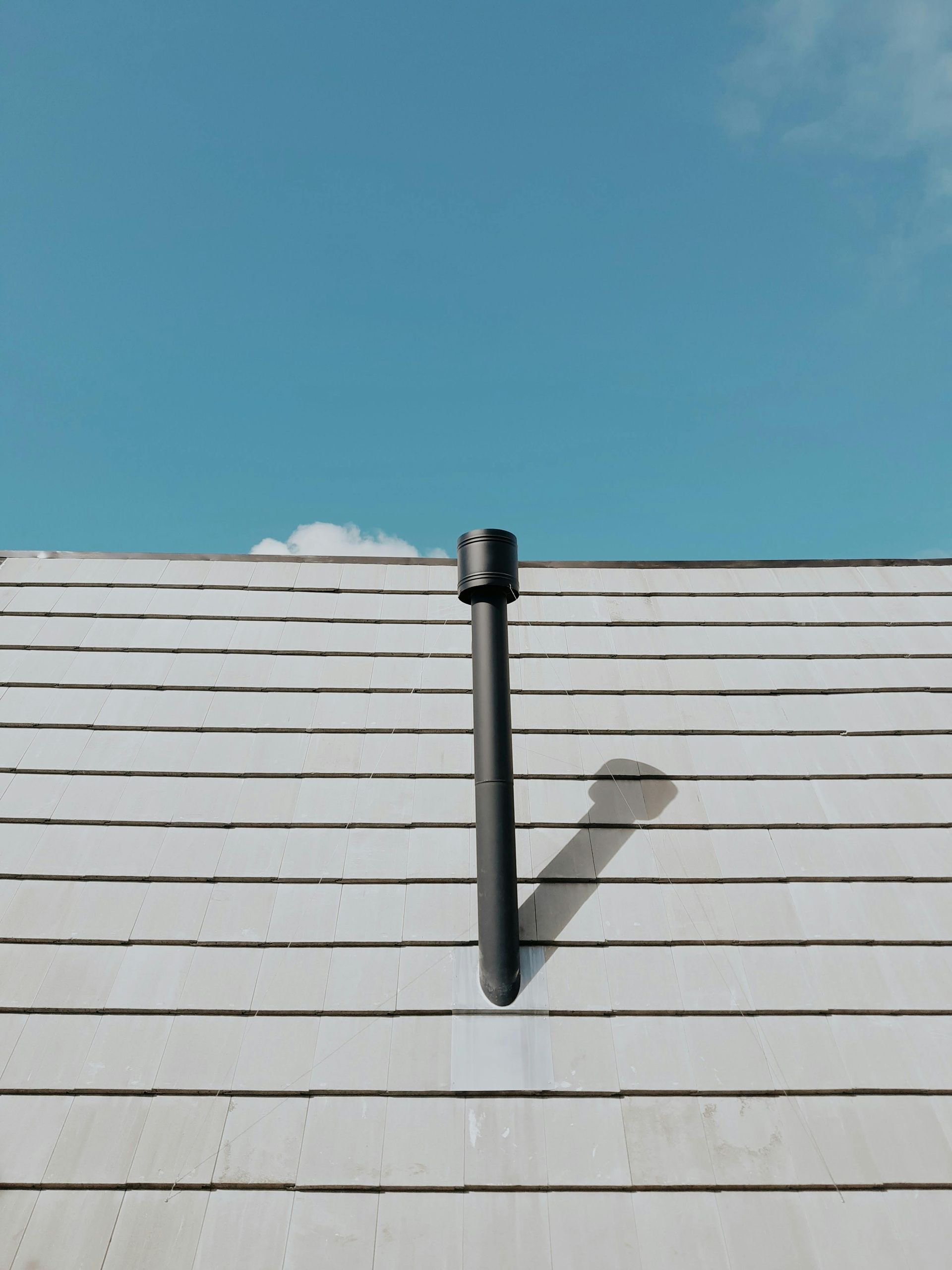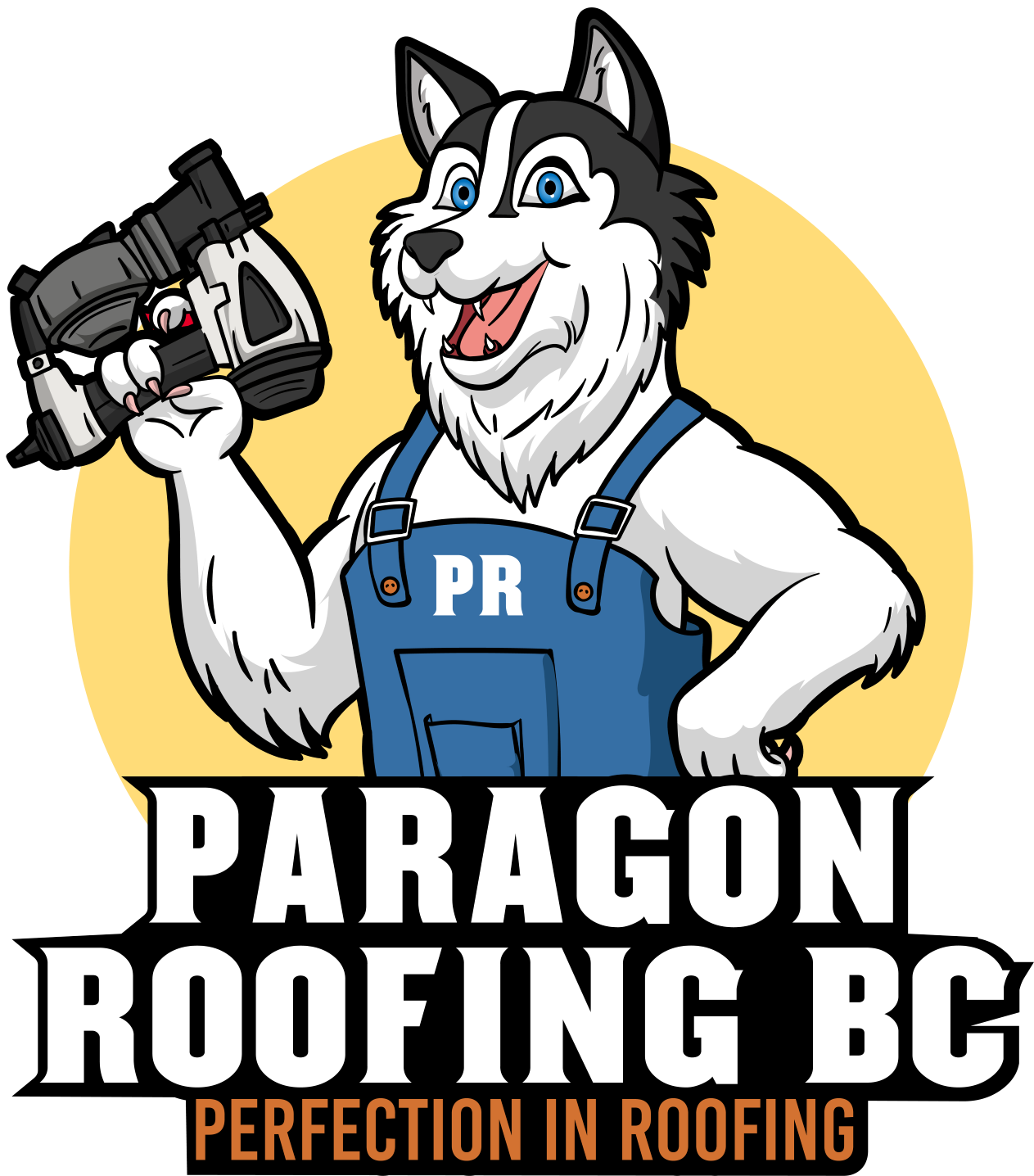Asphalt Shingles vs. Metal Roofing in Burnaby: What You Need to Know
By Harman Singh, Lead Installer & Owner, Paragon Roofing BC – proudly serving Burnaby for more than a decade.
1. Why This Debate Matters in Burnaby
Burnaby isn’t just “rainy.” It is rainforest-level wet—averaging roughly 2,350 mm of annual precipitation, plus long stretches of wind-whipped cloudbursts that can turn a roof from asset to liability overnight.Add the fact that the 2024 B.C. Building Code introduces tougher moisture-management and seismic-anchoring requirements for any permit filed after , and the choice of roof cladding in Burnaby shifts from cosmetic preference to strategic necessity.
2. Quick-Glance Comparison
| Feature | Asphalt Shingles | Standing-Seam / Hidden-Fastener Metal |
|---|---|---|
| Initial Installed Cost (typical Burnaby bungalow) | $10–12 per ft² | $18–25 per ft² |
| Weight | 200–350 lbs / sq. | 70–120 lbs / sq. |
| Service Life | 18–28 yrs | 45–70 yrs |
| Rain Noise | Low | Moderate (mitigated with under-deck vent-mat) |
| Moss Resistance | Poor | Excellent |
| Hail & Branch Impact | Fair | Very good |
| Solar-Ready | Limited | Ideal |
3. Deep Dive into Asphalt Shingles
3.1 Material Tech Has Come a Long Way
Today’s laminated asphalt shingles are reinforced with fibreglass mats and polymer-modified asphalt. That boosts tensile strength during our relentless freeze-thaw cycles along the north slope of Burnaby Mountain.
3.2 Best-Fit Scenarios
- Budget-constrained flips. If you’re listing in two years, ROI trumps longevity.
- Complex, cut-up roofs. Valleys, dormers, and intricate hip lines are faster to water-proof with malleable shingles than with rigid metal panels.
- Noise-sensitive interiors. Kid’s attic bedroom? Asphalt muffles rainfall like a thick sweater.
3.3 Pain Points Specific to Burnaby
- Algae & moss take over fast. Our warm, wet springs breed Gloeocapsa magma colonies that streak the north-facing slopes by year three.
- Granule loss in atmospheric rivers. Those “once-in-50-year” AR events that now arrive every other winter scour away UV-shielding granules.
- Wind uplift around the Deer Lake corridor. Intermittent gusts funnelled between low-rise towers peel tabs once they’ve lost flexibility.
3.4 Mitigation Tips
- High-mod SBS shingles. Look for CSA A123.5 Class F wind ratings.
- 6-nail pattern, not 4-nail. Labour adds ~$250 for the average 2,000 ft² roof—cheap insurance.
- Zinc or copper strips at ridge. They ionize runoff, slowing moss colonization.
4. Metal Roofing Unpacked
4.1 Varieties We Install in Burnaby
- 26-ga. standing seam (mechanically seamed 1¾") – downtown heritage conversions that need low-slope resilience.
- 24-ga. snap-lock with concealed clips – go-to for the post-1990s Brentwood bi-levels.
- Aluminum interlocking shingles – coastal bluff homes where salt spray accelerates corrosion.
4.2 Why Burnaby Loves (and Fears) Metal
- Pro: Screws go into deck, not into your attic. Hidden-fastener systems stay watertight despite 100 km/h Fraser-Valley outflow winds.
- Con: Up-front sticker shock. The Rector panel you saw on your neighbour’s Glenwood townhouse runs ~$22 per ft² installed.
- Pro: Snow-shedding. On Burnaby Mountain we routinely see 30 cm overnight; metal sheds before weight becomes structural risk.
- Con: Condensation risk if vapour barrier is sloppy. Trust me, chasing drips above your blown-in insulation is no fun.
4.3 Thermal & Energy Angles
Solar-reflective Kynar finishes bounce back 30–40 % of summer solar gain. Clients in the Metrotown high-density zone report attic temperatures 8–11 °C lower after swapping 15-year-old shingles for charcoal-matte steel, and their July cooling bills echo that difference.
4.4 Myths I Hear Weekly
“Metal attracts lightning.” No more than your eavestroughs. Burnaby gets fewer than three recorded cloud-to-ground strikes a year.
“Rain on metal is deafening.” On open-beam cabins, sure. On ventilated OSB decks with synthetic underlayment and vent-mat? It’s a gentle hush, not a drumline.
5. Code & Permitting Snapshot (2024 BCBC)
- Shear nails & clips. New seismic tables require minimum 0.131-in nails at 6" o.c. on roof decks in Burnaby’s S-1 seismic zone.
- Energy step code. Most Burnaby renos are now Step 3; metal’s high emissivity helps hit those blower-door targets without beefier insulation.
- Rain screen clarifications. Section 9.26 now treats vented under-metal assemblies similarly to cladding rainscreens—handy for moisture dispersion.
Always verify with the city building department; inspectors have little humour when fasteners miss the new schedule.
6. Lifespan Economics in Real Dollars
Picture two identical 2,000 ft² gabled homes near Lougheed:
| Scenario | Year 0 Cost | Major Repairs | Tear-Off Year | Net Present Cost * |
|---|---|---|---|---|
| Asphalt (premium SBS) | $21 k | $4 k moss/repairs – Year 14 | Year 24 | $38 k |
| Steel Standing Seam | $42 k | $3 k repaint Year 30 | Year 60+ | $34 k |
* Net present cost modeled at 4 % discount rate. Metal wins long-term, but only if you plan to stay beyond the 20-year mortgage horizon.
7. Environmental Footprint
- Asphalt ends life in landfill; Burnaby Transfer Station diverts less than 5 % for asphalt-cement recycling.
- Metal is endlessly recyclable. Our shop routinely pulls 1960s galvanized panels, sells the scrap for ~$160/tonne, and that material re-enters the supply chain as re-roll.
- Bonus: Metal’s lighter weight reduces transport emissions—three truckloads of asphalt equal one of coil steel for the same roof.
8. Aesthetic & Neighbourhood Fit
Burnaby has every façade from 1920s story-book cottages to glass-curtain penthouses. Asphalt blends in universally; metal is polarizing but modern buyers pay premiums for it. I’ve watched multiple Capitol Hill listings jump an extra $30–40 k above comparables thanks to matte-black panels paired with cedar soffits.
Tip: If you’re in a heritage overlay (e.g., parts of Deer Lake), pre-clear metal with the planning department; some streetscape guidelines still insist on shingle profiles.
9. Installation Realities Invisible to Homeowners
- Deck Prep: Metal can telegraph deck imperfections. We plane every ridge nail and patch low spots.
- Valley Strategy: Metal roofs in Burnaby rarely fail at panels; they fail at valleys clogged by cedar debris. Self-cleaning W-valleys add ~$380 average but slash risk.
- Edge Ice-shield: Our coastal snow melts and re-freezes—use two rows of high-temp ice & water, not one.
10. Decision Matrix – Which Roof for Which Burnaby Home?
| Home Type | Ownership Horizon | Surroundings | My Recommendation |
|---|---|---|---|
| 1950s rancher near Willingdon | <10 yrs | heavy tree cover, low solar gain | Asphalt – cost-effective & camouflaged under needles |
| 3-storey infill near SFU | >25 yrs | high wind, driving rain | Metal – uplift resistance & low maintenance |
| Duplex rental in Edmonds | <15 yrs | urban, flat lot | 30-yr asphalt – good ROI, easy repair between tenants |
| Custom build on Burnaby Mountain | forever | snow loads, modern design | 24-ga standing seam – aligns with net-zero goals |
11. Frequently Asked Questions (Burnaby-Specific)
Q:
Will city inspectors fail my asphalt job if I reuse existing deck?
A:
Only if deck rot exceeds 10 % area or sheathing thickness under ⅜-inch. They do probe randomly with a moisture meter.
Q:
Can I install solar on shingles first, then swap to metal later?
A:
Bad idea. Shingle tear-off means removing and re-flashing the PV mounts. Do roofing then
solar.
Q:
Is metal really cooler in summer?
A:
Our thermal-camera surveys show up to 14 °C cooler attic sheathing at 3 p.m. on south-facing slopes clad in “Regal White” metal versus dark architectural shingles.
12. Case Snapshot: Brentwood Re-Roof 2024
- House: 2,400 ft² split-level, built 1991
- Old Roof: 3-tab asphalt, leaks along chimney cricket
- New Roof: 26-ga snap-lock standing seam, colour “Graphite”
- Extras: 2" vent-mat, R-20 blown cellulose, triple-sealed mechanical stack boots
- Outcome: Air-changes per hour dropped from 6.8 ACH50 to 4.2 ACH50. Owner shaved ~$550 off FortisBC gas bills last year—without touching the furnace.
13. Maintenance Cheat-Sheet
| Task | Asphalt Frequency | Metal Frequency |
|---|---|---|
| Moss treatment (zinc sulphate) | every 2 yrs | n/a |
| Debris blow-off | every fall | every fall |
| Flashing re-caulk | every 5 yrs | every 15 yrs |
| Ridge vent inspection | every 4 yrs | every 8 yrs |
Skip the moss spray at your peril; one missed season and lichen roots can void shingle warranty faster than you can say “bulk water ingress.”
14. Final Thoughts – My Roofer’s Litmus Test
- How long do you plan to keep the title?
- Do loud downpours lull or irritate you?
- Will you commit to a moss-control regimen?
- Is curb appeal or cash flow your bigger driver?
Answer honestly and the choice often makes itself.
Still Torn?
Ring my mobile or drop by the Paragon Roofing BC shop off Boundary Road. Storm clouds don’t wait, and neither should your roof.




